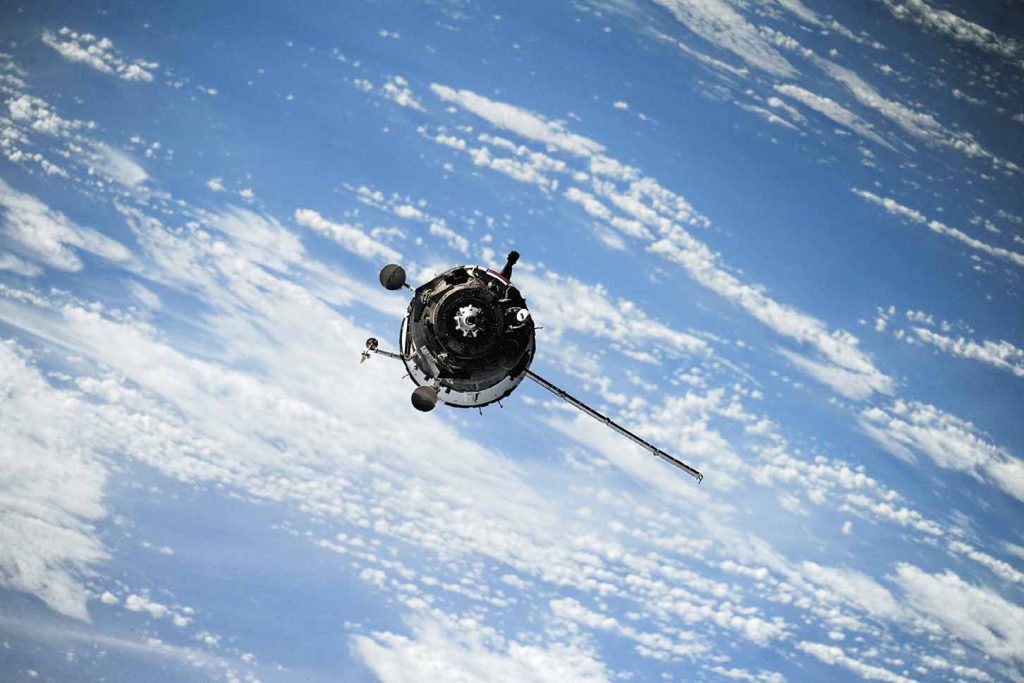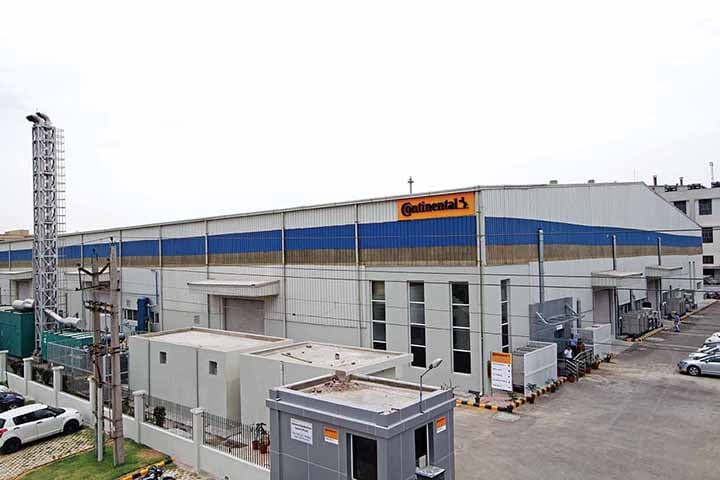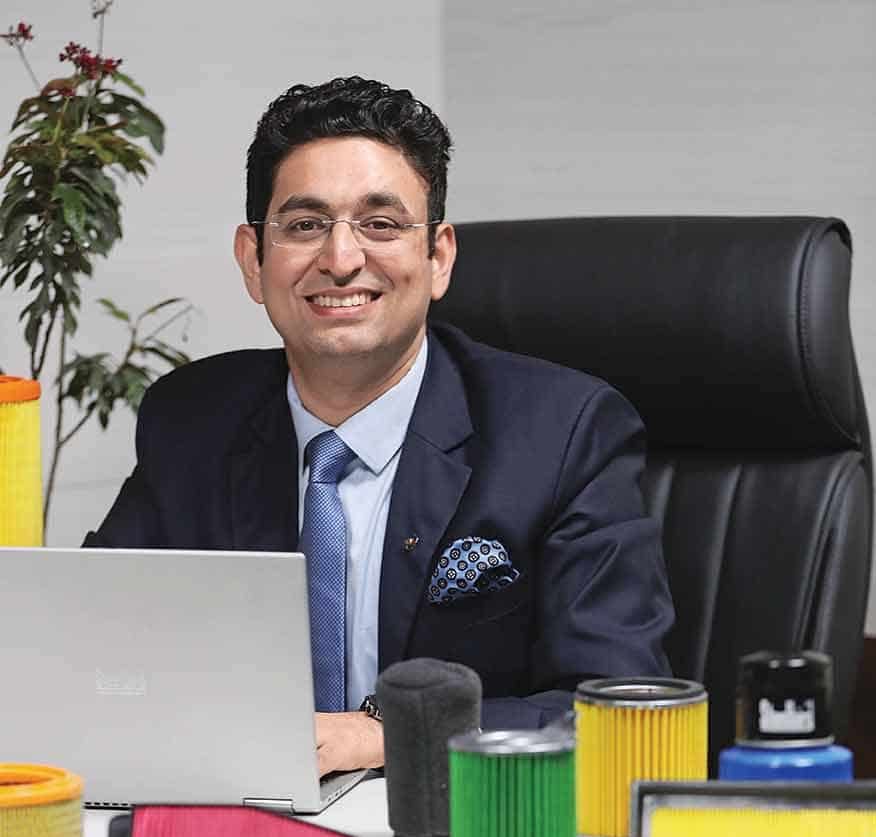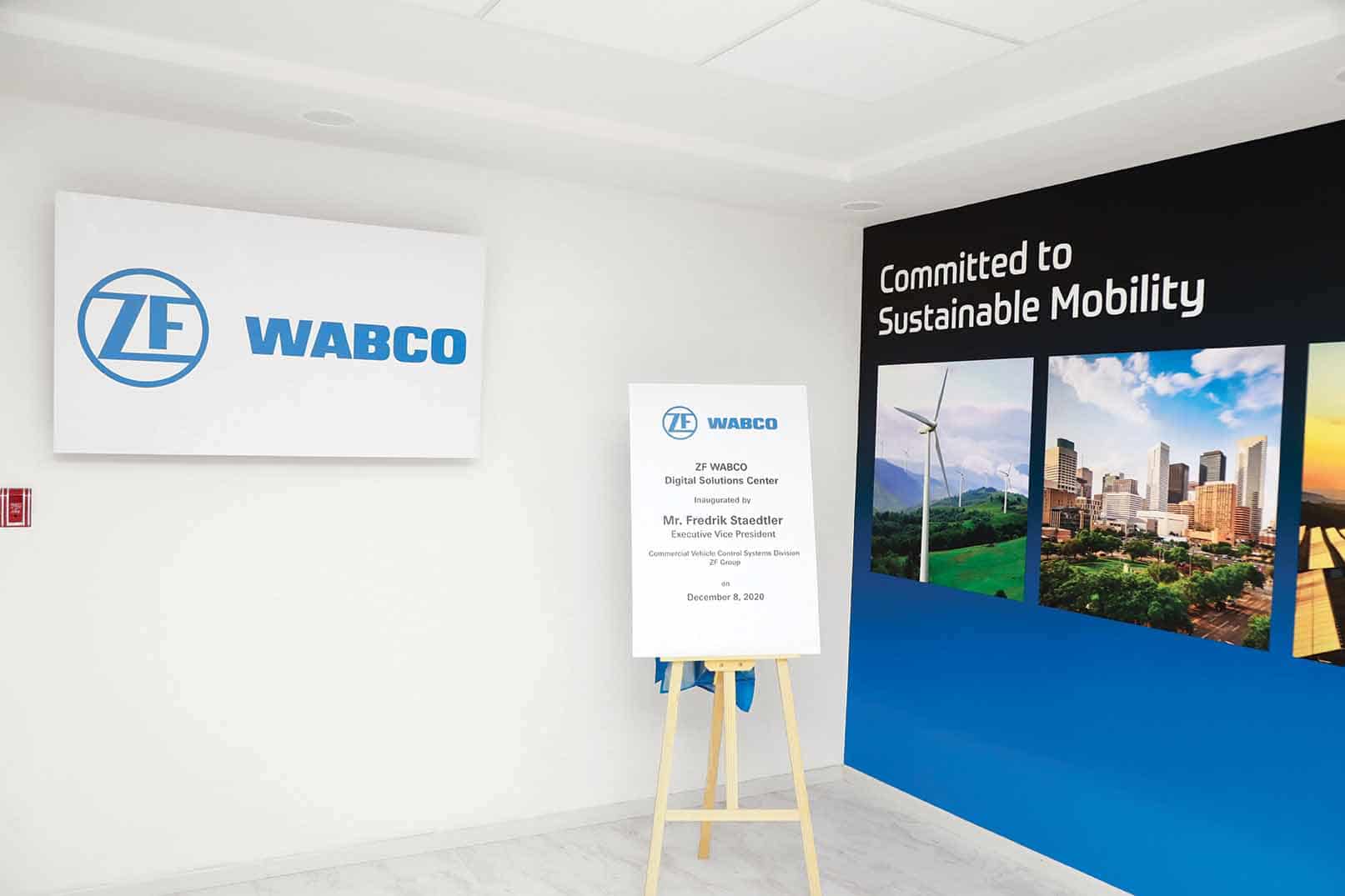Objectify Technologies grows bigger in metal additive manufacturing by optimising special brackets for the space industry.
Story by: Team ACI (An Objectify Technologies Case Study)
Metal and polymer additive manufacturing engineering or 3D Printing company, Objectify Technologies’ expertise in aerospace, automotive, tooling, white goods and medical component building and consulting services is paying off. In aerospace, the company has leveraged its in-house capabilities. It has won the company a prized project with Indian Space Research Organisation (ISRO). The company has collaborated with the prestigious Vikram Sarabhai Space Centre (VSCC) at Thiruvananthapuram, known for design and development of satellite launch vehicles and sounding rockets with Polar Satellite Launch Vehicles (PSLV), Geosynchronous Satellite Launch Vehicles (GSLV Mark I and Mark II), Rohini sounding rockets, Space capsule recovery experiments, reusable launch vehicles and air-breathing propulsion for Advanced Reusable Launch Vehicles (ASLV) as some of the key programmes.
 Ankit Sahu, Director at Objectify Technologies Pvt. Ltd., backs the use of additive manufacturing in space projects for easing human travel and in the colonisation projects on other planets. “Additive manufacturing in space has a very bright future. Most of the parts required in space research are made of plastic or some metal and additive manufacturing can be used to reduce satellite production costs, repair broken parts with less labour, money, resource and time,” he avers. He adds that the light 3D builds contribute to making the satellites lighter too. Objectify, according to Sahu, wants to help companies attain maturity in additive manufacturing going forward.
Ankit Sahu, Director at Objectify Technologies Pvt. Ltd., backs the use of additive manufacturing in space projects for easing human travel and in the colonisation projects on other planets. “Additive manufacturing in space has a very bright future. Most of the parts required in space research are made of plastic or some metal and additive manufacturing can be used to reduce satellite production costs, repair broken parts with less labour, money, resource and time,” he avers. He adds that the light 3D builds contribute to making the satellites lighter too. Objectify, according to Sahu, wants to help companies attain maturity in additive manufacturing going forward.

The microstructures indicated that the two to three layers of power are fused during each laser beam scan.
Legacy components
The company is known to have made two brackets using the AISI-316L grade specially designed for aviation applications. Built using laser powder bed fusion technology, a thorough analysis was performed on the powder. It was checked for structural integrity according to Sahu in a bid to qualify for the component for functional testing. Through additive manufacturing, the company is claimed to have eliminated the need for large material requirement, extreme machining time besides the residual stress and warpage.
Compared to conventional production where the material needs for producing Type-I bracket of weight 3.5 kg was calculable to be a forged/rolled block of 100 kg and thickness 125 mm, wherein 96.5 per cent fabric is estimated to be wasted, with a buy to fly ratio of approximately 28, additive manufacturing can bring down the latter ratio to approximately one. The buy-to-fly ratio refers to the weight of the raw material purchased, compared to the weight of the final part.
Testing and Approvals
 Computed metro tomography analysis confirmed the soundness of brackets realized by 3D printing. The porosity level in this process was found to be higher than that of wrought products and size approximated to be 100 micrometres despite which it is claimed to not have a negative impact on the functionality of the products. The porosity noticed in 3D printed components is less than the sizes resolvable by conventional NDT techniques such as ultrasonic testing and X-radiography.
Computed metro tomography analysis confirmed the soundness of brackets realized by 3D printing. The porosity level in this process was found to be higher than that of wrought products and size approximated to be 100 micrometres despite which it is claimed to not have a negative impact on the functionality of the products. The porosity noticed in 3D printed components is less than the sizes resolvable by conventional NDT techniques such as ultrasonic testing and X-radiography.
The Functional acceptance tests of LPBF 3D Printed brackets were performed by structural testing, applying four times the actual thrust and inertial loads. The brackets successfully withstood the test, and strains observed are claimed to have been negligible (± 9 με) in tension and compression loading conditions and therefore qualified for the intended use. The trial suiting of the brackets was carried out with the thrusters and found to match the geometric requirements.
The mechanical properties meeting the prerequisites of ASTM F 3184-16 norm are said to have resulted in an improved part built. The company albeit had to overcome teething issues like a minor contortion noticed in the thin-wall region. To rectify it, the extra stock was added in the thin section before post-processing by machining. The brackets are claimed to be free of any defects greater than 100 micrometres through non-destructive testing performed by a larger macro-CT scanner. The company additionally also identified the scope for optimising topology or properties of an object known to be preserved under continuous deformations for weight saving and increased efficiency.
Acknowledged as the manufacturing mainstay, additive manufacturing, explains Sahu has come a long way. “Ever since 3D Printing technology was invented in the early 80s, it has come a long way to become one of the most important manufacturing technologies of our age. A traditional approach to manufacturing is no longer the only way,” he says. Urging the industry to think differently and go beyond the traditional methods, opined Sahu that in the era of Industry 4.0, manufacturing with additive opens new doors eliminating the complexity from the final assembly. “It is crucial to producing high-strength structures and hyper-realistic prototypes,” he concluded. ACI
Acknowledgement: Authors – • P. I. Pradeep (Materials and Mechanical Entity, VSSC) • V. Anil Kumar (Materials and Mechanical Entity, VSSC) • A. Sriranganath (Materials and Mechanical Entity, VSSC) • Satish Kumar Singh (Materials and Mechanical Entity, VSSC) • Ankit Sahu (Director, Objectify Technologies Pvt. Ltd.) • T. Sasi Kumar (Indo MIM Pvt. Ltd., Bangalore) • P. Ramesh Narayanan (Materials and Mechanical Entity, VSSC) • M. Arumugam (Quality Control and Non-Destructive Evaluation Group, LPSC) • M. Mohan (Materials and Mechanical Entity, VSSC) with a special thanks to Indian Space Research Organisation and Vikram Sarabhai Space Centre.


















Leave a Reply